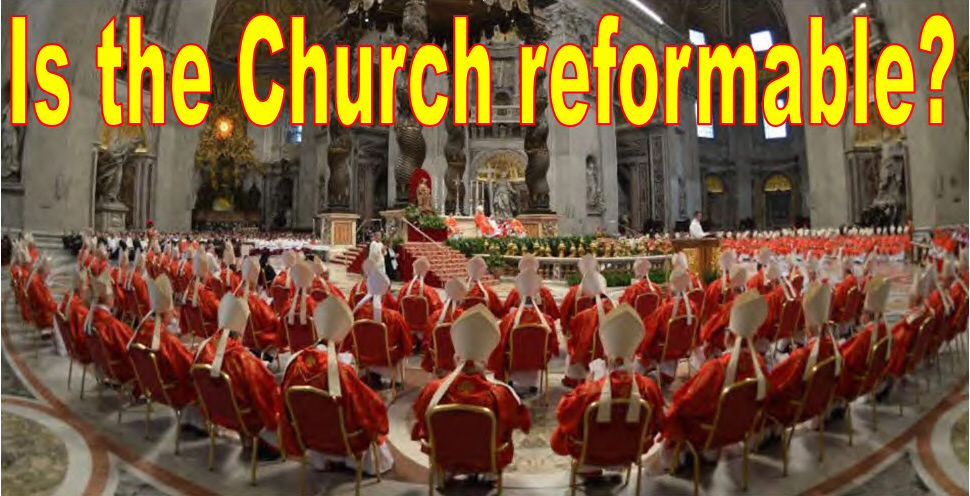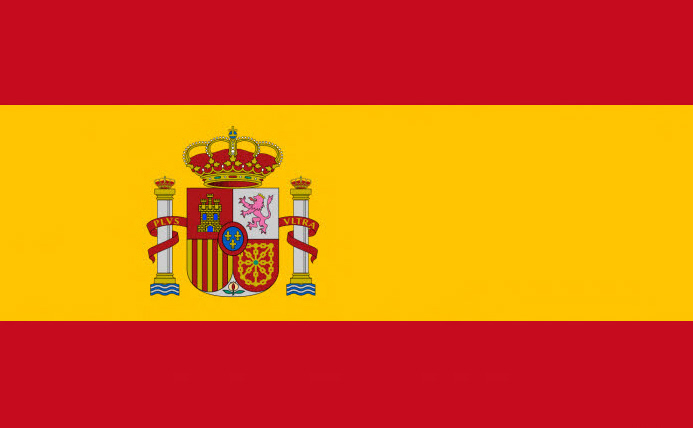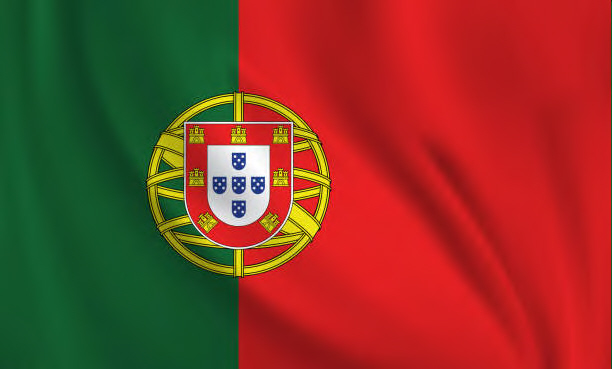








 | 







|
The so-called «synodal process», promoted by the Catholic Church and postponed until the year 2028, has generated hope in some people for a profound renewal. However, if we realistically analyze the internal structure of the Church — that is, its hierarchy — we will see that there are deep obstacles that make genuine reform practically impossible.
The institutional Church does not function as a simple community of believers. It is organized as a hierarchical and centralized structure, where power resides in the clergy. This clergy, for many centuries, has claimed the right to decide what must be believed, how the life of faith should be organized, and who can speak in the name of God.
This way of functioning makes any real change very difficult. How can a structure be transformed if it is unwilling to question its own authority and way of operating?
In the Gospels, Jesus of Nazareth gathers ordinary people to invite them to live a life project based on justice, solidarity, service to the poor, and the transformation of the world: this is what He calls the «Kingdom of God». But in today’s Church, that message is far removed from its daily practice.
Instead of working for that Kingdom on earth, the institution has centered its life on dogma (what must be believed), hierarchy (who is in charge), and worship (rituals and liturgies often devoid of meaning).
This year, 2025, marks the 1700th anniversary of the Council of Nicaea, a key moment in Church history. It was there that, in alliance with the political power of the Roman Empire, the hierarchy began to authoritatively define what people must believe. Thus, dogmatism was born — one of the most problematic characteristics of the Church: the imposition of closed and absolute truths, with no room for dialogue or the shared search for truth.
Over time, worship — that is, Masses, rites, formal prayers — became the center of ecclesial life. The problem is not the existence of worship itself, but that it has ended up replacing the true call of Jesus: to commit actively to a more just world. Today, many believers think it is enough to «fulfill» by attending Mass, without concern for their neighbor’s suffering or social transformation.
Behind all of this lies what is known as clericalism: the idea that only priests have privileged access to God, to truth, and to the direction of the Church. This mentality has been reinforced over centuries, keeping laypeople — that is, the majority of the believing population — in a state of dependence and lack of formation.
In fact, the Church has maintained for centuries a policy that limits the faithful’s access to knowledge: bans on reading the Bible, persecution of different ideas (such as during the Inquisition), and little promotion of theological study among laypeople. The more ignorant a people are, the easier it is for them to accept without question what is preached from the pulpit.
A clear example of this distortion can be seen in phenomena such as the cult of certain religious images. Recently, in a region of Spain, there has been an intense debate over the restoration of the image of the Virgin of Macarena. Passionate individuals argue over the color of her eyes or the size of her eyelashes, as if that had any spiritual or doctrinal significance.
What is curious — and concerning — is that these same people are often completely unaware of what Jesus actually taught. In the Gospels (Matthew 12:46–50; Luke 8:19–21; Mark 3:31–35), Jesus does not give special importance to His biological mother, but rather states that His true family is those who do the will of God. Nevertheless, the institution has promoted these types of superficial devotions, because they divert attention away from Jesus’ radical message.
Here lies the great contradiction of the synodal process: those who are supposed to lead the change (the ecclesial hierarchy) are precisely the ones who benefit the most from the current system. It’s like putting the wolf in charge of guarding the flock.
Thus, even though meetings, synods, and debates are held, it is very unlikely that anything will fundamentally change. Cosmetic reforms may serve to create an image of openness, but if the roots of the problem — the clergy’s absolute power, empty worship, theological ignorance — are not addressed, nothing will be different.
If there is hope, it is not in the clerical elite, but in the grassroots: communities of believers who take the Gospel seriously, who read, question, study, and engage with the real world — not with a showcase religiosity.
To reform the Church is not to change its internal laws or language. It is to recover the essence of Jesus’ message: love, justice, equality, and transformative action. But that will only be possible if believers stop waiting for change to come from above and decide to walk from below.
